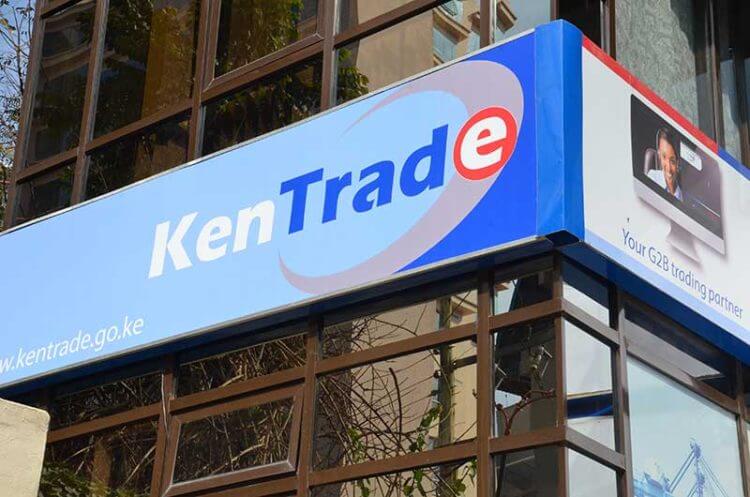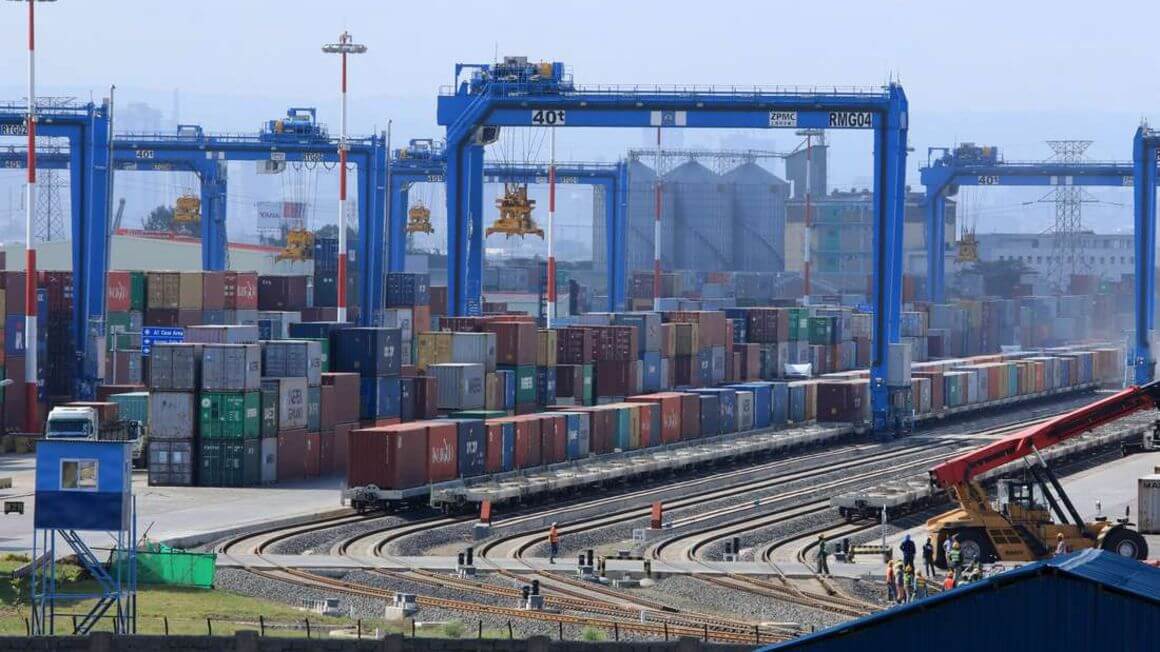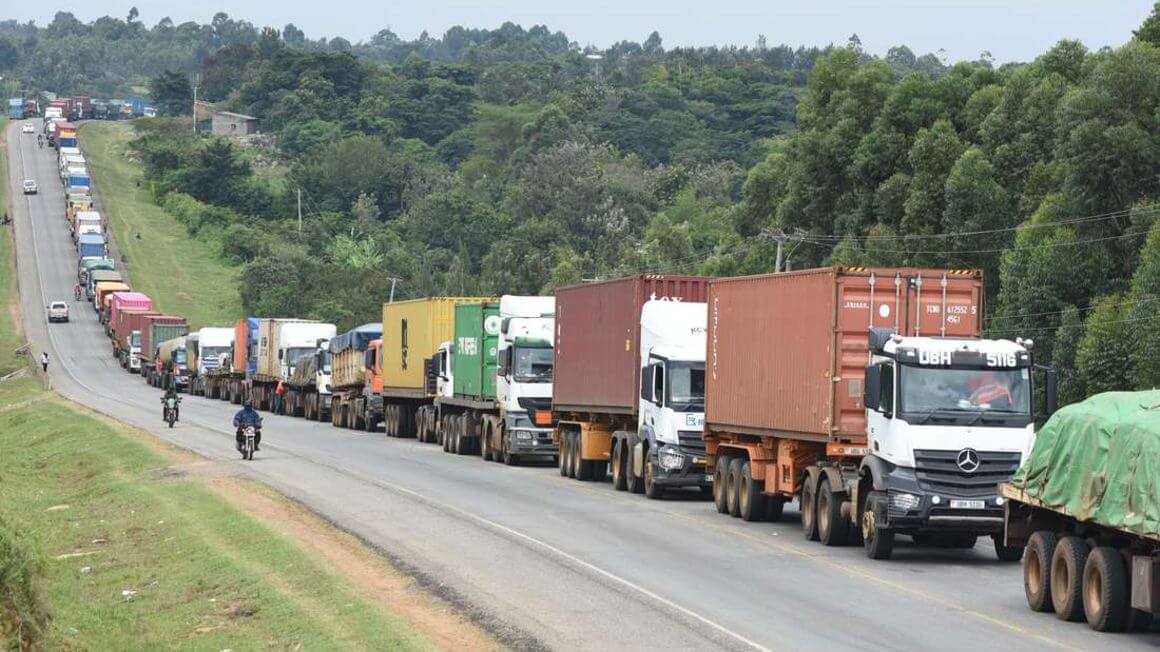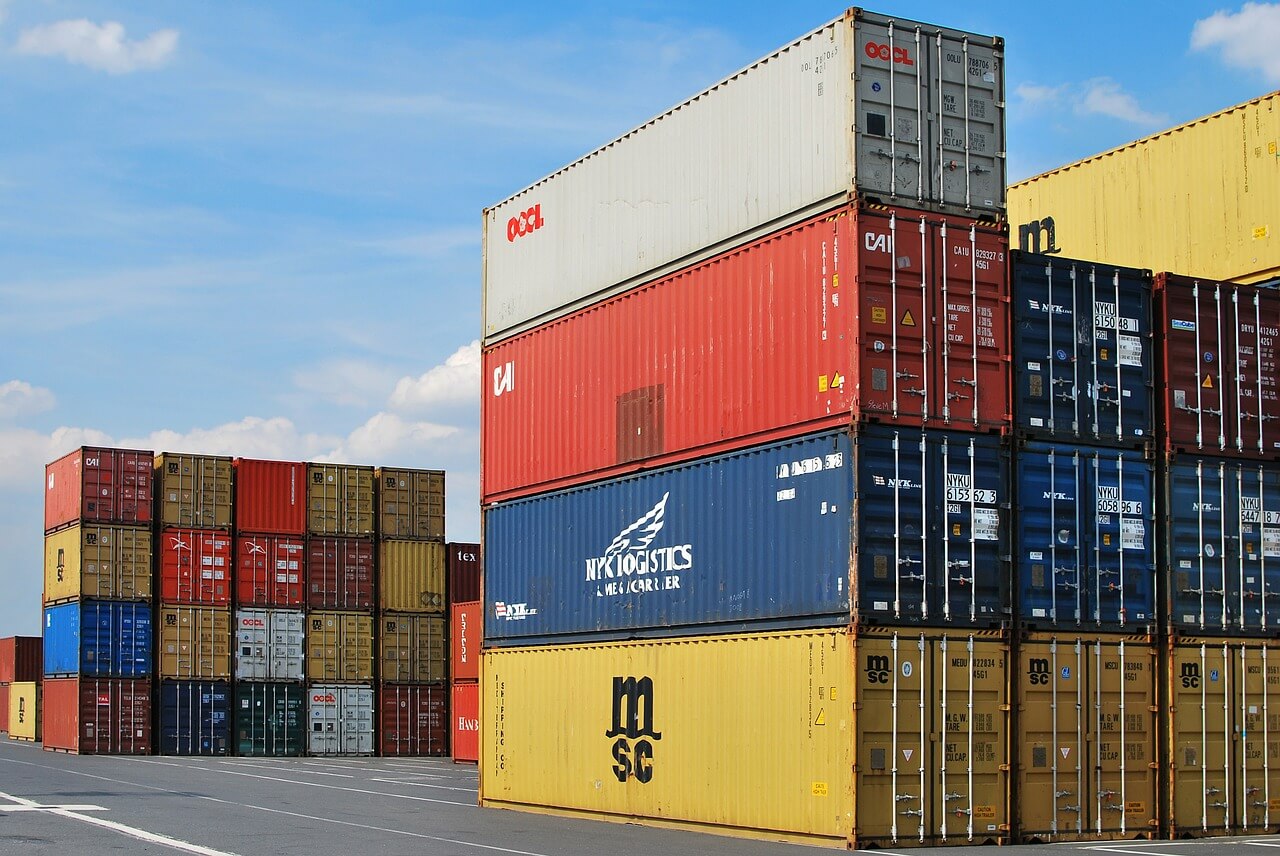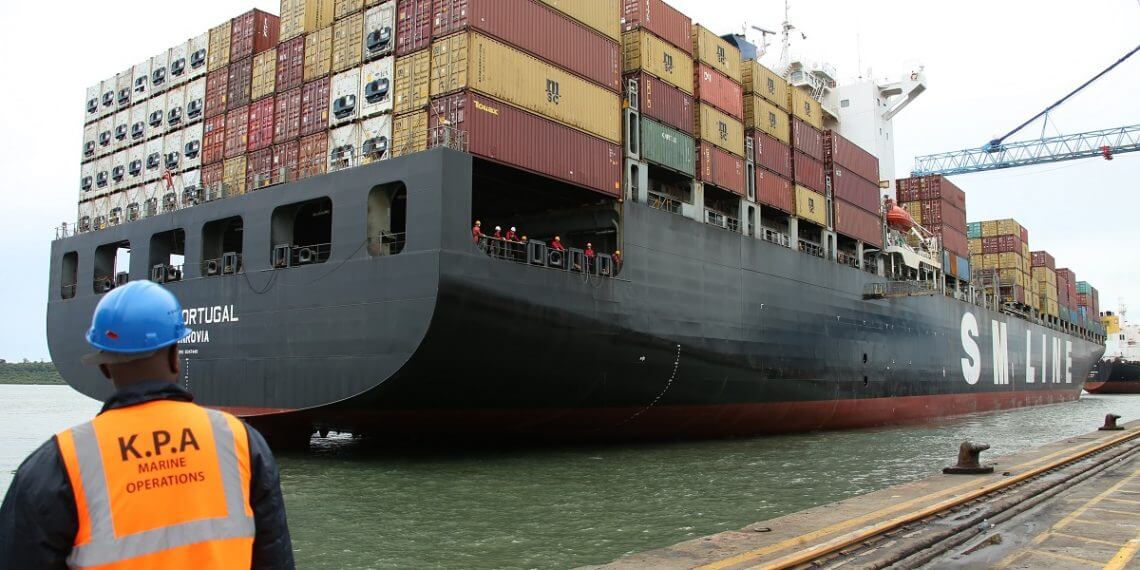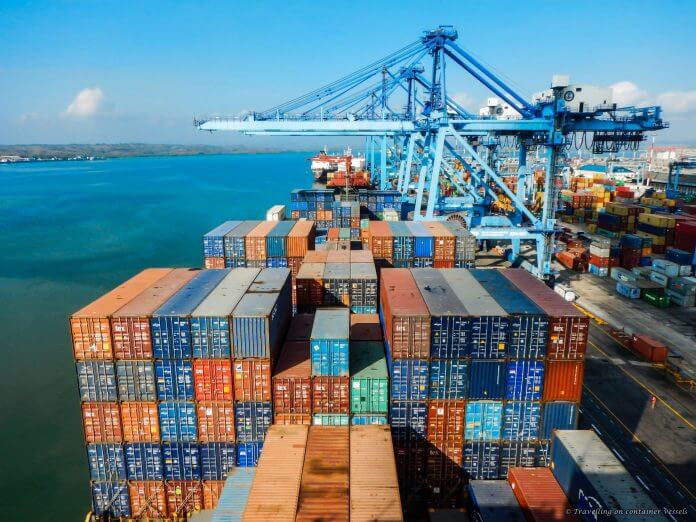The process to upgrade the system, dubbed Trade Facilitation Platform (TFP), started in December last year with gap analysis. KenTrade has unveiled a schedule to upgrade TradeNet System to enhance its users’ experience and avoid the system becoming technologically obsolete. This was after the stakeholders were invited early this year to give their inputs in a gap analysis process that the KenTrade had initiated. RWANDAIR In liaison with KenTrade internal team, the system developers are currently deploying the developed system solution to the production environment in readiness for the next step which is User Acceptance Testing, Mr Amos Wangora said recently. This is scheduled to commence by mid-October and will run until March 2021. The new system is scheduled to Go-Live with Phase 1- Piloting with Selected Users for April 5, 2021. “It will take approximately 18 months to finalize on the Upgrade but I want to assure you that the process will have minimum interference with the normal operations of the System,” KenTrade CEO Amos Wangora assured the stakeholders The upgrade, which according to the agency is long overdue, will address the challenges of delays in document processing, lack of a 2-factor user authentication mechanism and address the problem of the limited document security features. Other challenges the system has experienced in the past and which the upgraded system seeks to cure are limited visibility of information to users due to lack of dashboards and few standard reports and cumbersome user registration process delaying registration process. The upgraded system...
Upgraded Kenya TradeNet System piloting set for April next year
Posted on: October 5, 2020
Posted on: October 5, 2020

